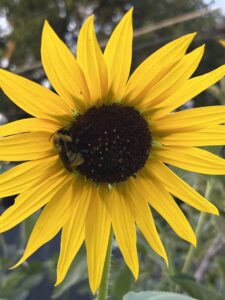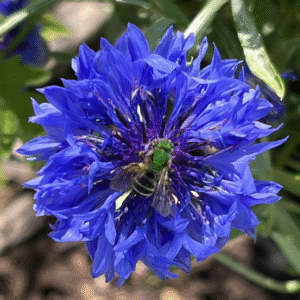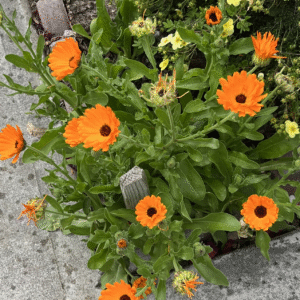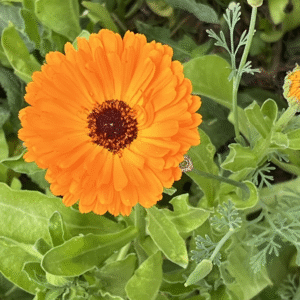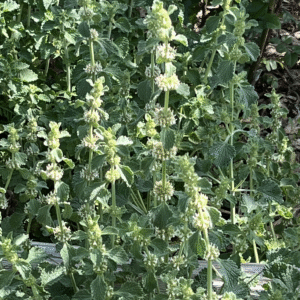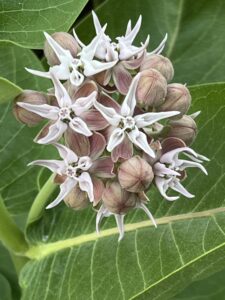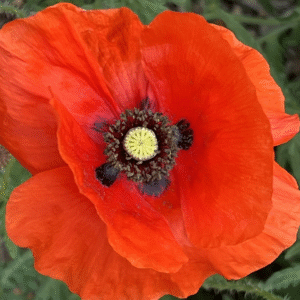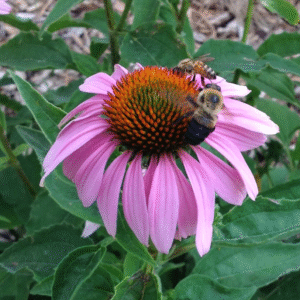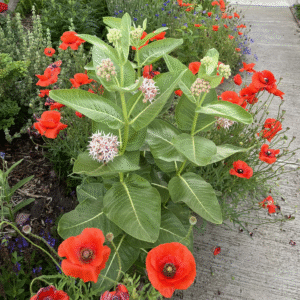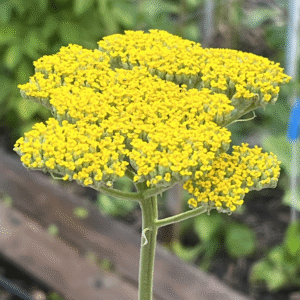Using Permaculture Principles to Design a West-Facing Garden
‘The Problem is the Solution…’
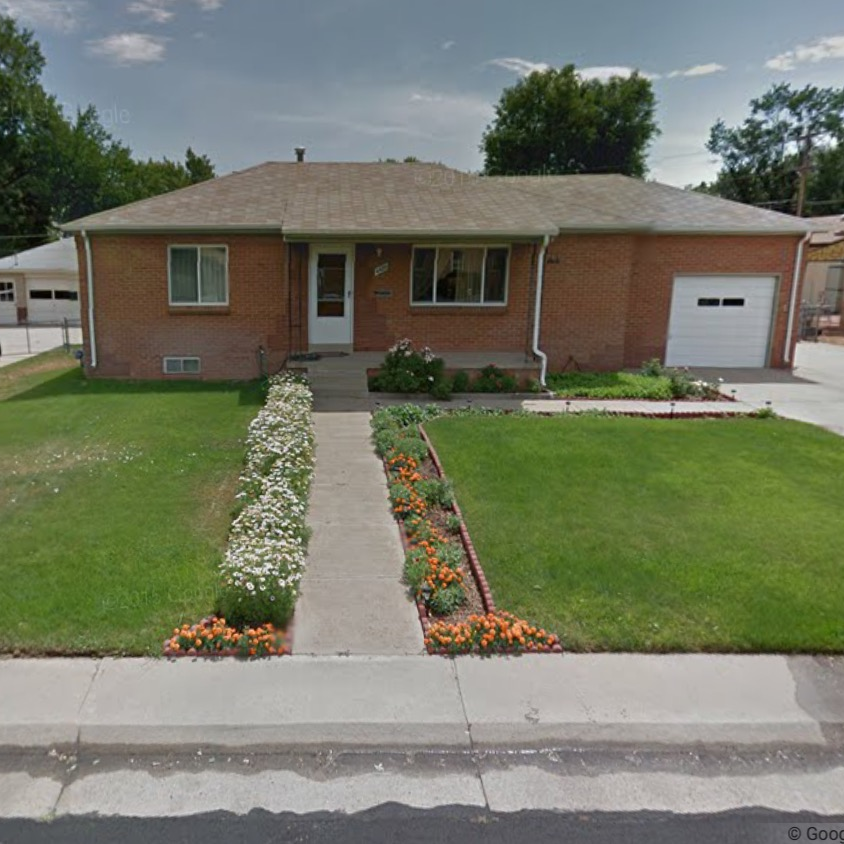
Permaculture Principle 1: Observe & Interact
When I started working toward a garden on Saulsbury street, a few challenges were already very obvious. First, the front yard garden is west-facing and that means it gets the sunniest and hottest weather conditions (which can be intense in summer in the foothills of Colorado).
I started out experimenting with flower borders around the existing grassy areas, however, I had some problems with the flowers getting too much sun and drying to a crisp during a hot day. Even sun loving plants (daisies and marigolds) were finding this to be a challenging environment for growing out in the open.
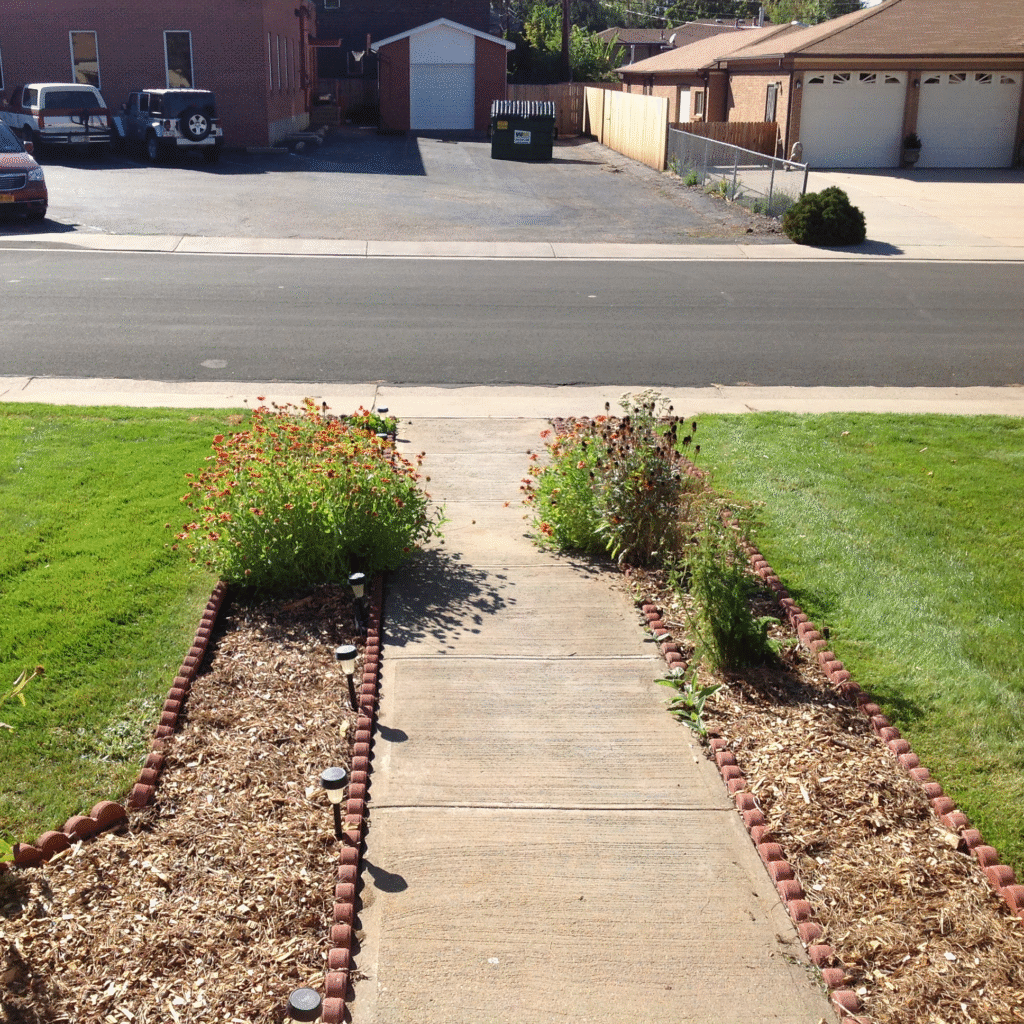
The flower garden wasn’t really thriving and after only a year or two, I found myself with plantings disappearing from the laser-hot conditions. There was also the challenge of a high amount of sun hitting the front of the house and heating it up, contributing to a higher than necessary energy bill for cooling in the summer.
In Colorado, not only is the sun very hot in the summer, it is also more intense because of being at high altitude and having at least 20% more UV radiation as compared to lower altitudes. Where a coastal location at the same temperature might be at moderate or high UV, Colorado will be at a level of extreme UV. The natural climate in the Rocky Mountain Foothills is grassy steppe (Koeppen Bsk cold semi-arid steppe climate), known for limited moisture (18-20 inches on average) and high evapotranspiration with mostly grass and brush forms for native plants.
Permaculture Principle 2: Catch and Store Energy
It was apparent that if I wanted a larger garden with more ornamental interest, I would need to address the high sun and heat factor by introducing some trees. But the tree choice would have to work with the winter conditions as well as the summer conditions and would need to be drought-tolerant to be able to thrive with a small amount of added water during the year. The tree choices needed to be quite hardy.
Many of the neighboring west-facing homes have very little besides grass in the front yards. Only a few trees are on the street. Maybe some time ago more trees were planted and the ones we see today are the only ones that survived the difficult conditions?
An additional challenge that needed to be addressed was that the area for the front yard garden was relatively small (two squares about 27′ by 27′, 1458 square feet total). The small size could be considered a benefit, since it would take fewer plants to fill it up, however, it also meant there wasn’t sufficient space for safely growing a large tree (which might be 30 to 50 feet wide). If trees were going to be part of the plan to take advantage of the strong sun, then I would have to limit choices to small trees that are usually understory to the larger trees (and often more tolerant of shady conditions.)
I was confident that it was possible to build a great garden on this site. There were some abundant resources (lots of sun and water from a well), but also a few challenges that needed to be overcome to bring things into balance. With that recognition, some goals and design specs started to take shape. I was also guided by the permaculture concepts listed below.
Goals for the Garden
- Include trees that would take advantage of the abundant sun energy and provide partial shade cover for shrubs and herbaceous plants.
- Shield the roots of the trees (and all the plants) from overly hot conditions and help them survive successfully.
- Include edible plants in addition to super-ornamentals the front yard garden plan.
- Create an overall effect of the garden as highly ornamental and appealing to neighbors and people passing by in order to promote the front yard garden concept.
- Visually screen out a business property with the parking lot located directly across the street.
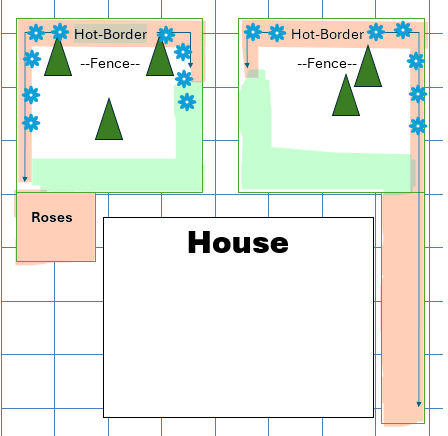
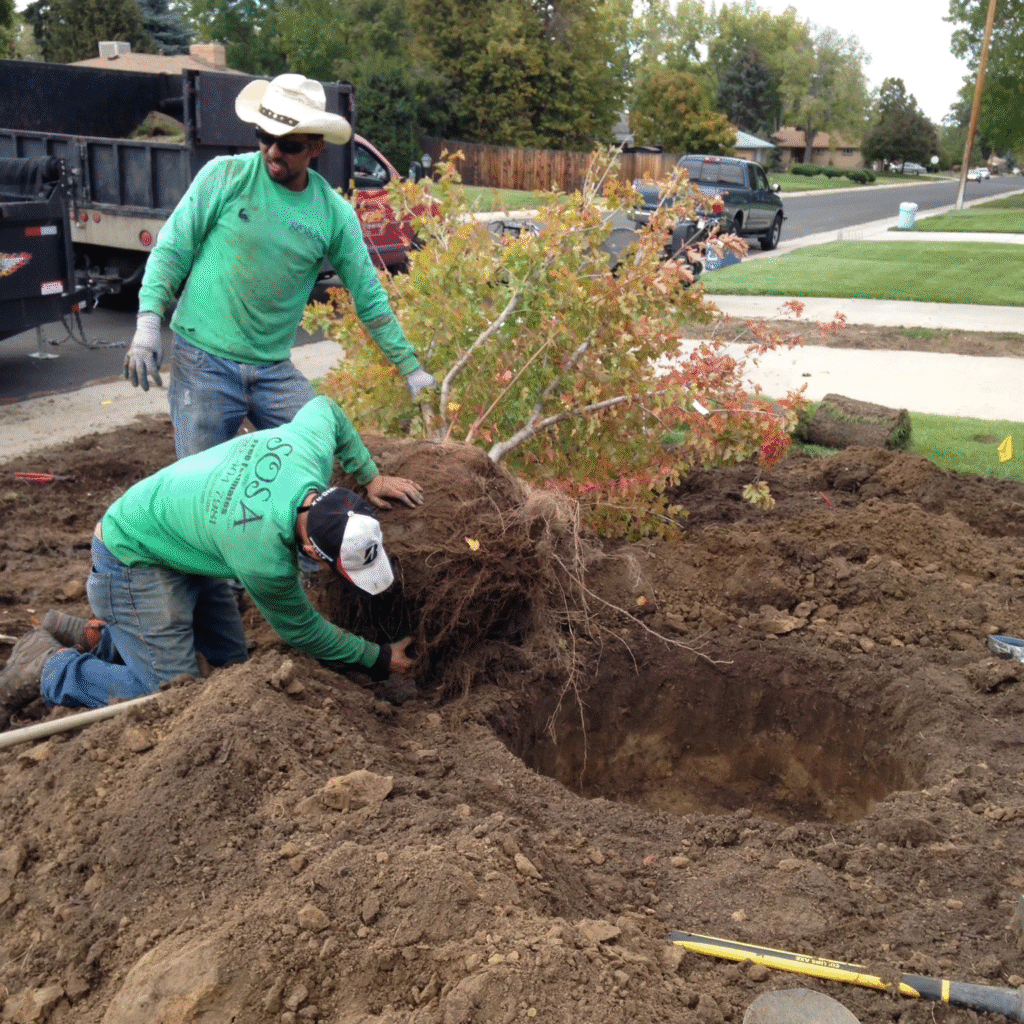
Permaculture Principle 7: Design from Patterns to Details
I was able to divide the space into tiered microclimate zones starting with the front facing hot border plants. The overall strategy was going to be to help create interdependence between all the plants so they could help each other survive. The front border plants would have to be able to take the strongest levels of sun and heat. Tall plants (trees) catch the sun and partially shade the others. Smaller shrubs and flowers shade the soil and help keep the soil cooler. Deep mulching also facilitates water retention and cooling of soil. With these goals in mind, I started working up a draft plan and shopping for appropriate candidate plants (working from pattern to detail).
One of the first choices made was to install an Amur Flame Maple clump as a way to partially shade the front of the house. The Amur Flame Maple tops out at 15-20 feet tall and wide. It has good tolerance for both cold and hot conditions and is considered drought-tolerant. It also is quite colorful in the fall. With the size characteristics, it could be safely planted near the house.

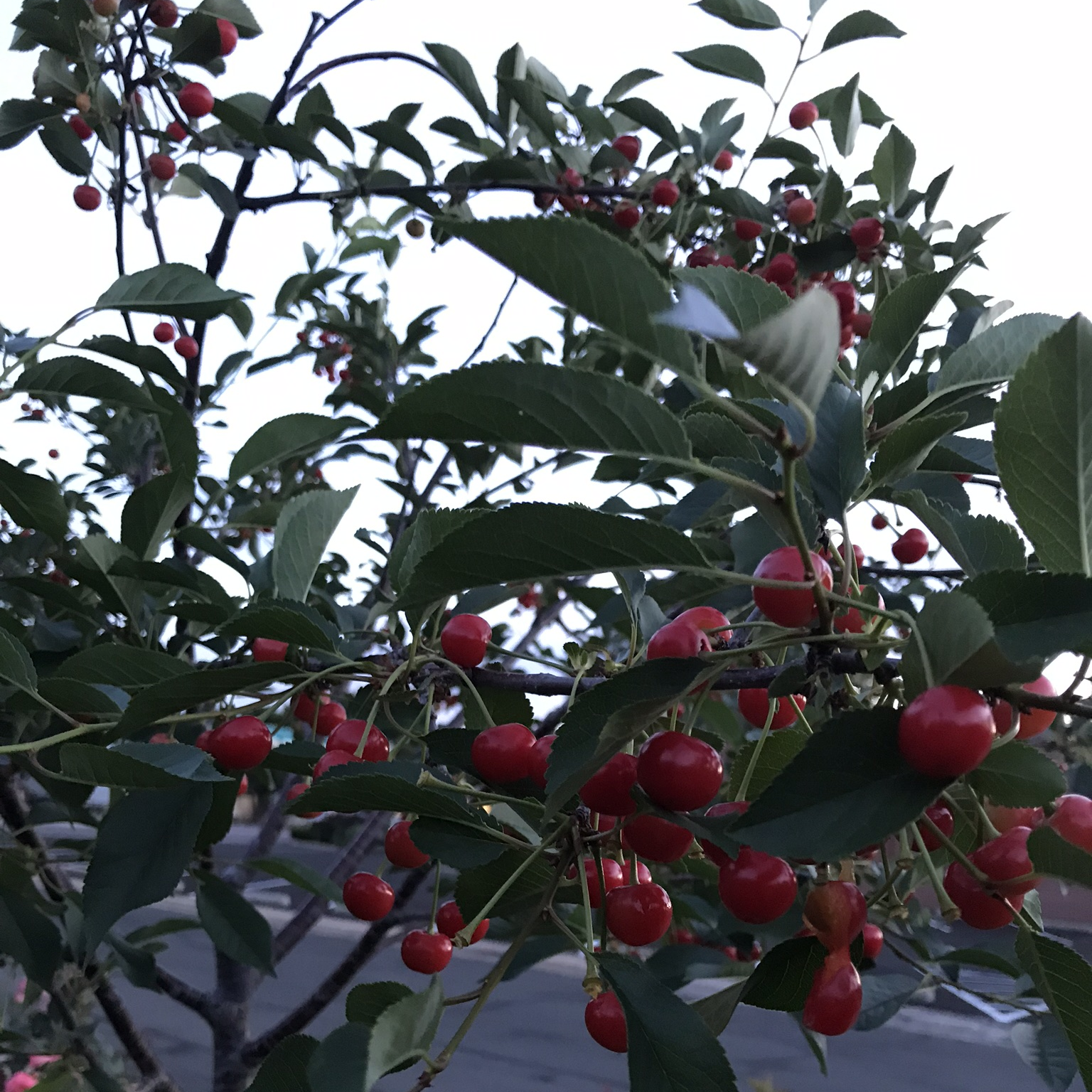
Permaculture Principle 3: Obtain a Yield
The maple could be partially shaded by positioning Montmorency Sour Cherry trees near the street in the hottest locations to take the edge off of hot afternoons. The cherry trees are super-tough in terms of taking the sun’s rays. They are also super-ornamental in spring with a great canopy of white flowers. They also provide an edible yield of cherries in July. They top out at 15-25 feet tall and wide and made a good companion planting for the maple.
In addition to the cherry trees, Saskatoon berry bushes were planted along the side of the house. These shrubs are very drought-tolerant and can take high heat. They yield a supply of small purple berries each July as well.
The concept of a yield also extends to plants that are beautiful to look at and provide curb appeal for the neighborhood. In that sense, every plant in the garden is contributing a yield, each with it’s own seasonal pattern.
Yield also applies to benefitting the bees and other insects that use the garden. There is almost always something blooming with pollen and nectar during the warm months and a water basin (the bee bath) is available even during the cold months for them. Birds are making more use of the food sources in the garden, but it has been an uphill climb. They have been been slow to become reliable visitors. Whereas the bees seem to have this garden fixed in their territorial map. They show up early each spring in large numbers.
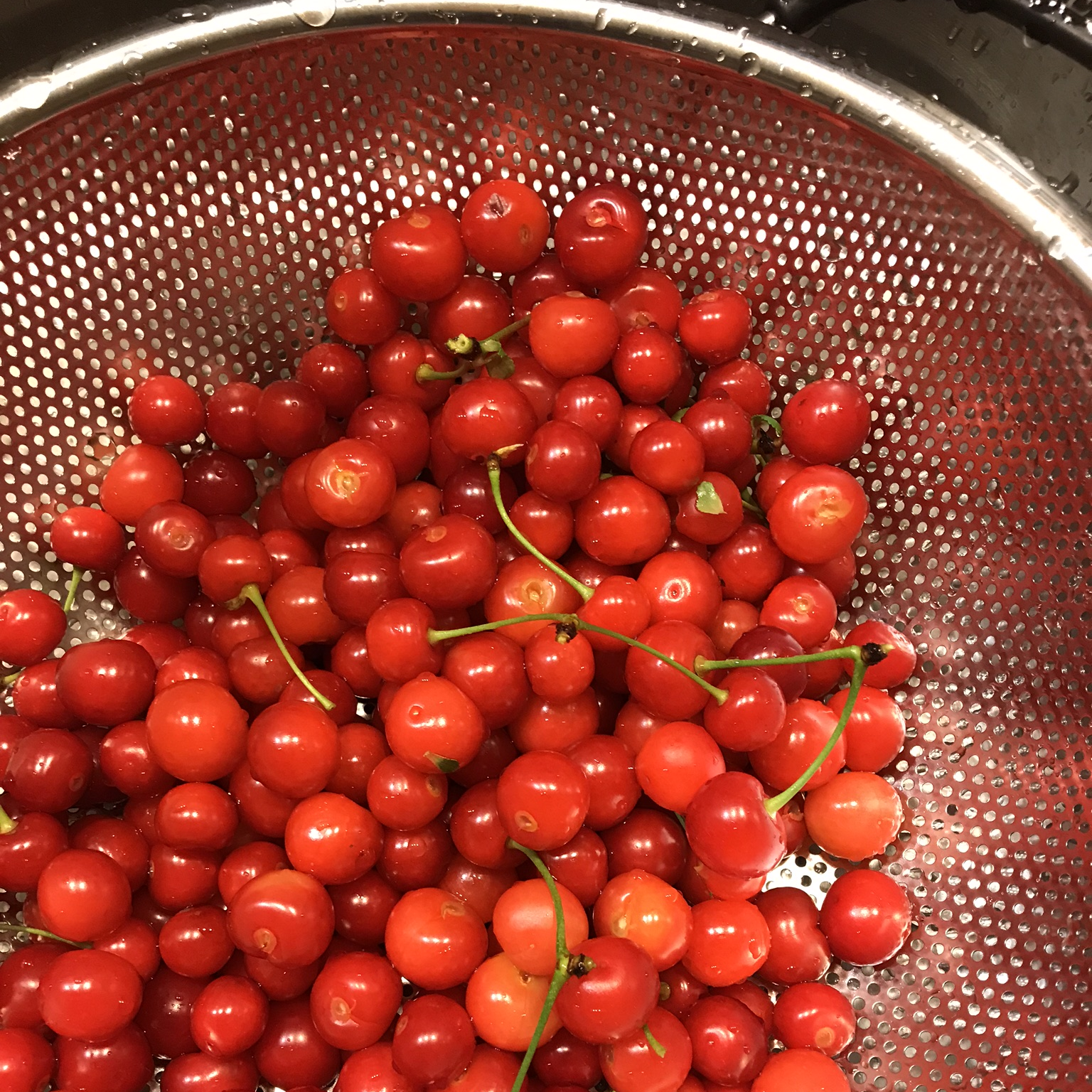
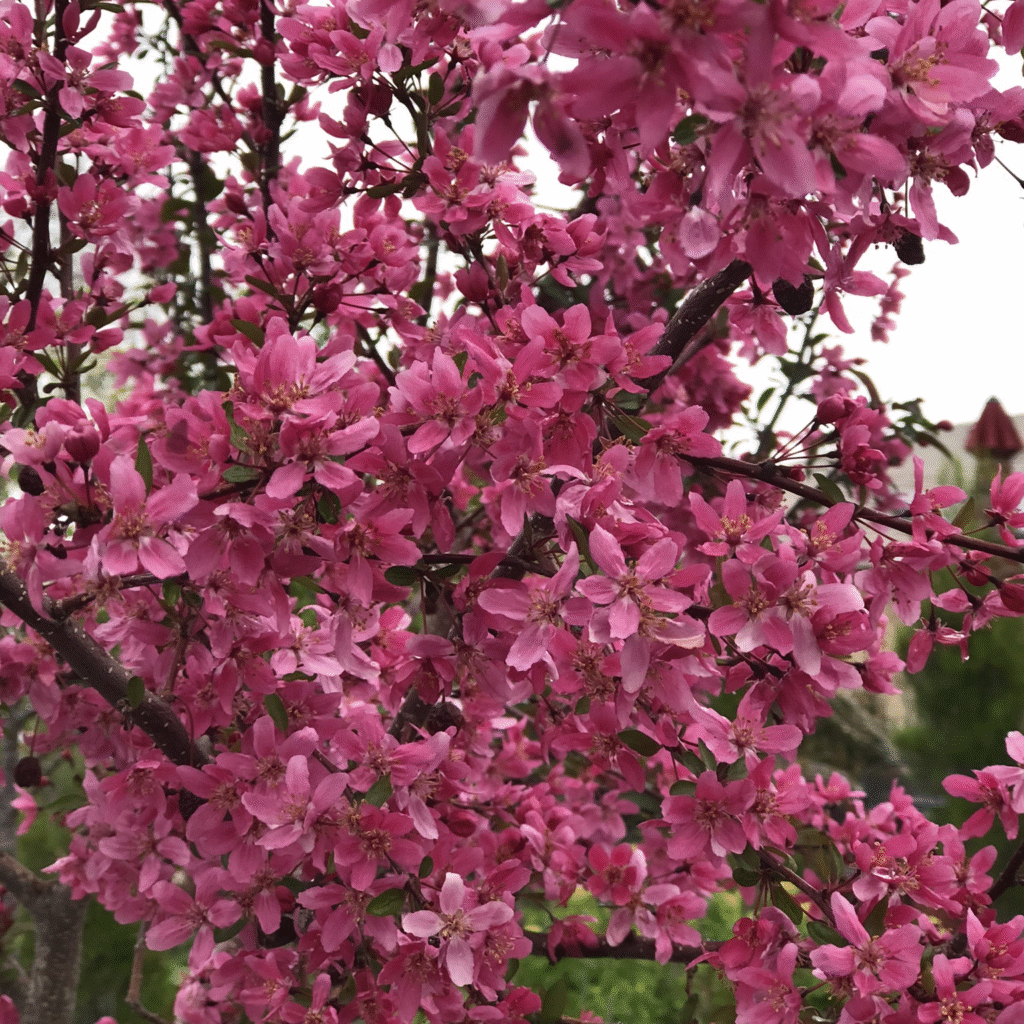
Other super-ornamental mid-size trees included in the garden are a Prairiefire Crabapple and a Royal Purple Smoke Tree. Both are in the 20-foot size range. The crabapple is stunning when it blooms each spring with vibrant pink flowers. The small crabapples that stay on the tree provide a good food source for birds in winter and the tree can definitely take the heat.
The Royal Purple Smoke Tree is set back a small distance from the front border and has beautiful foliage throughout the season. With some pruning it is better resistant to the impacts of ice and high winds. The wind in particular has damaged both the crabapple and the smoke tree by breaking some branches in several seasons.
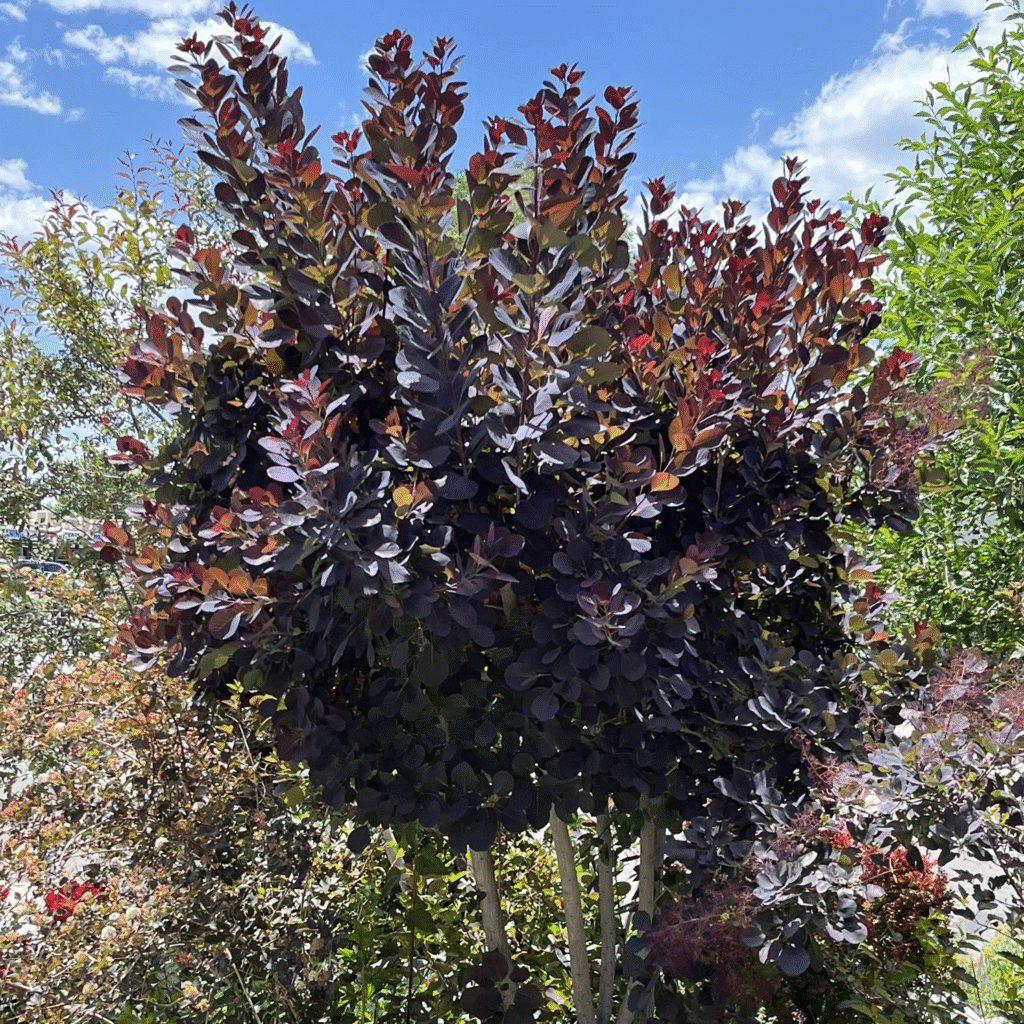
With the mid-story trees mostly figured out, the next zone to address was the shrub layer especially for the front line of the rustic fence and side borders. These are the most extreme zones and required plants that could take punishing amounts of hot, west-facing sun. The solution was to look to meadowsage, barberry, and nine-barks.
Permaculture Principle 11: Use Edges and Value the Marginal
In permaculture, edge environments are always considered special-attention areas. Even in a small space like this garden, the edge plants were required to be even more tough and more resilient than the other plant species. They play a really important role in terms of taking on the harshest of conditions and creating space for other plants to thrive.
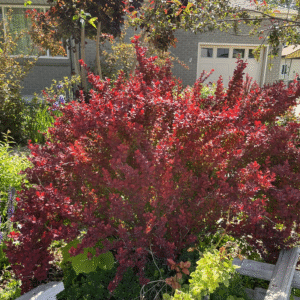
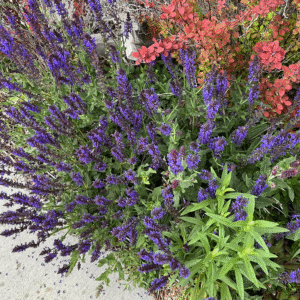
To accompany the shrubs in the front zone, I have tried numerous flowers over the years. It turns out that calendula, purple cone flower, horehound, yarrow, and poppies are most at home in this area and tend to self-seed, moving into the particular position that best suits them. Recently, some volunteer milkweed has combined with the oriental poppies in an interesting mix of hardy front-row plants.
All the other ornamental plants are able to fit into a patchwork behind the resilient anchors in front. Every plant in the garden both provides and receives some partial shade from another plant and that is how the whole space was able to evolve into a mutually supportive garden group.
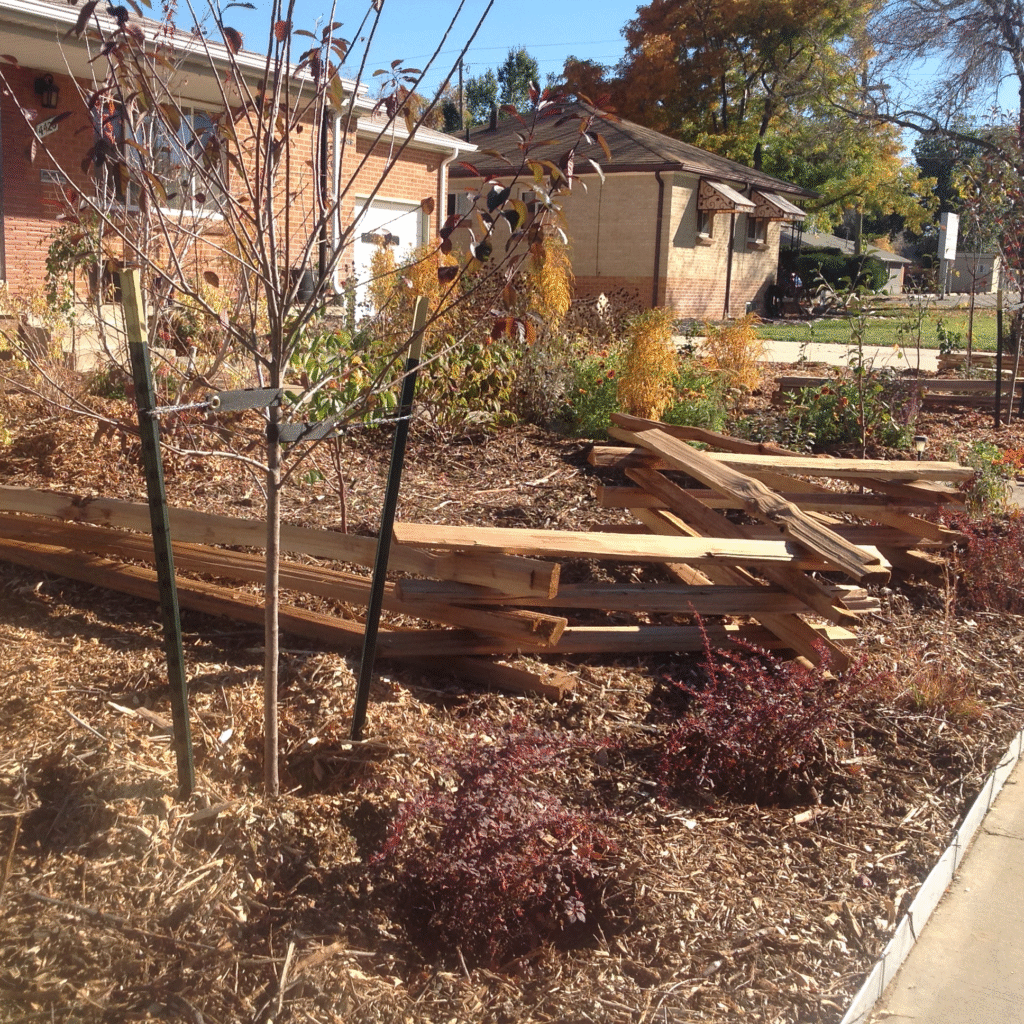
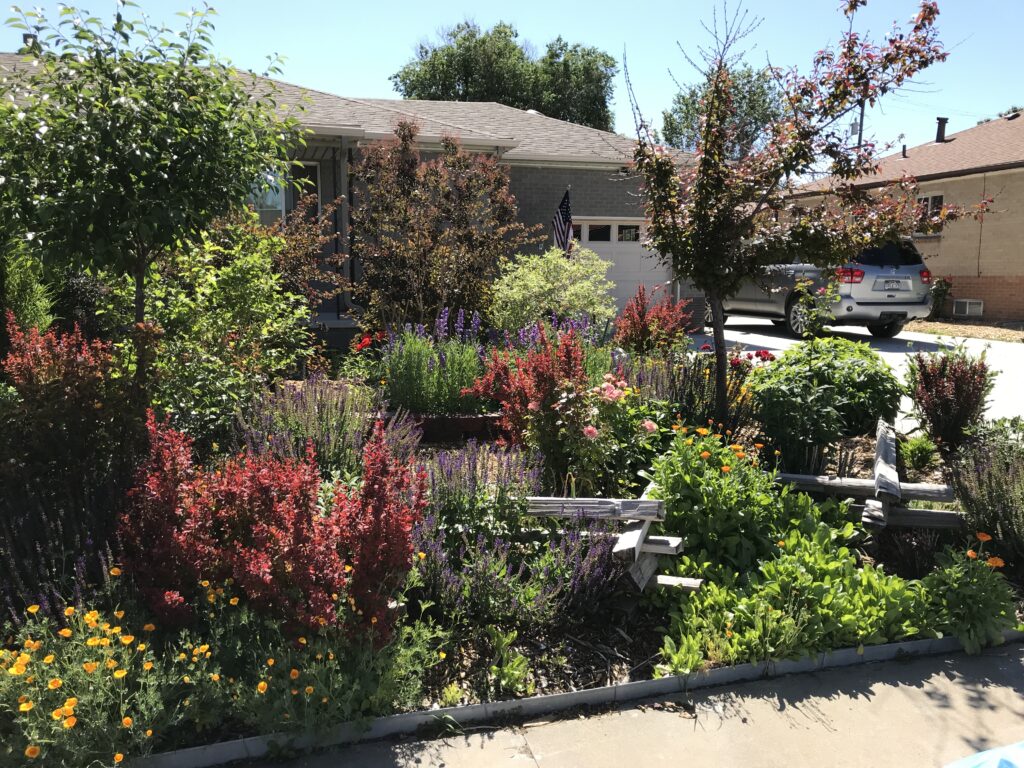
The Hot Border Flowers
